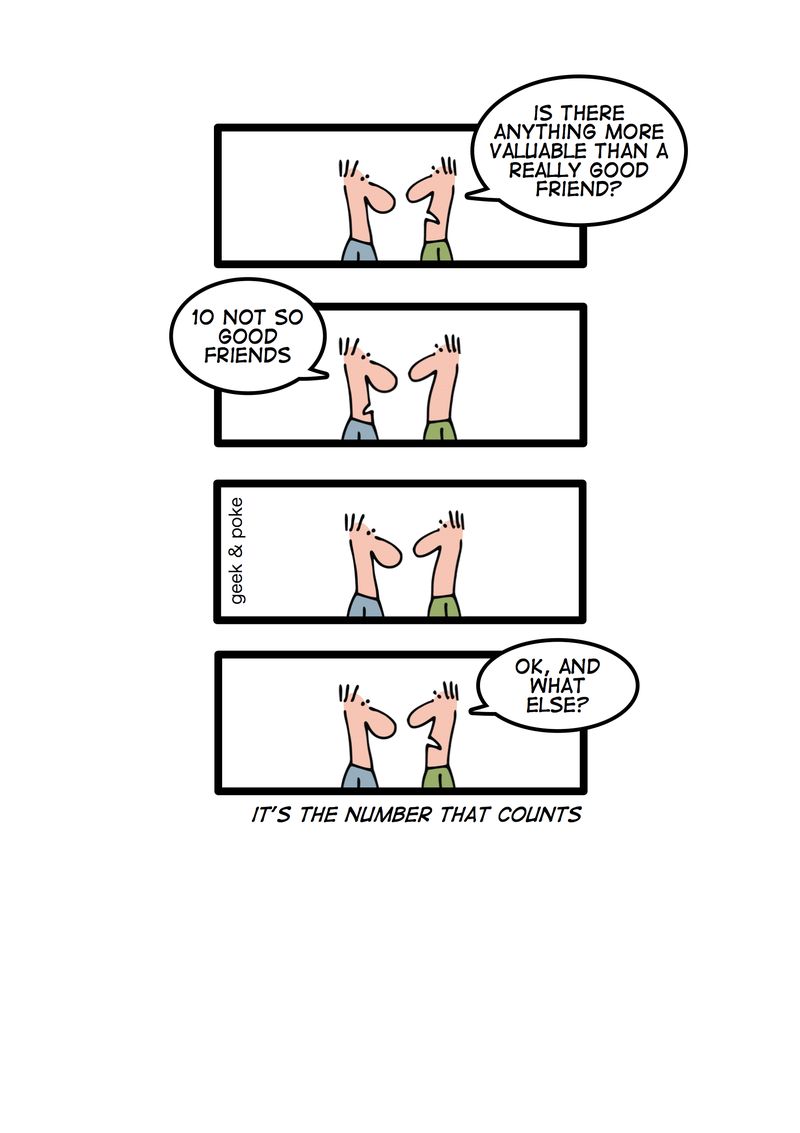Study: Succession planning – HR Execs don't give best grades for leadership roles…
 According to an online study conducted by Right Management, HR and talent management executives give not the best grades for the quality of their own organizations’ leadership pipelines. The poll by Right Management surveyed the 1,262 executives. It found that there are gaps in the leadership areas of most companies in North America. Just 6% of organizations were reported to have future leaders identified for all critical roles.
According to an online study conducted by Right Management, HR and talent management executives give not the best grades for the quality of their own organizations’ leadership pipelines. The poll by Right Management surveyed the 1,262 executives. It found that there are gaps in the leadership areas of most companies in North America. Just 6% of organizations were reported to have future leaders identified for all critical roles.
The Poll Question…
Do you have future leaders identified for critical roles in your organization?
6%: Yes, for all critical roles
17%: Yes, for most but not all critical roles
55%: Yes, for some critical roles
22%: No, not for any critical roles
“We learned that organizations are all over the map when it comes to implementing a coherent leadership development program. (…) A majority of organizations seem to have ‘some’ critical roles covered, but that’s barely reassuring. What’s really striking is that fewer than one in five has no one slated to take over any key positions. And we’re not talking about small companies.” Michael Haid, Senior Vice President, Right Management
Succession planning seems to be growing when executives rated their leadership pipelines, and were asked if there had been any recent change in their organizations’ approach. 57% stated that succession planning had become a higher priority in the past year. 17% replied it was made a lower priority.
“There’s a growing recognition that management succession is no luxury. Board members, executives and business leaders are now openly acknowledging that talent management plans —which include succession management — are absolutely essential for sustained performance in today’s organizations, as talent is now seen as one of the only competitive differentiators left,” (…) “The world is chaotic and unforeseen events can change a company’s situation overnight, so having a depth of leadership talent as well as a genuine plan for all eventualities are more important than ever. In fact, weak bench strength throughout the company can erode employee engagement and reduce overall performance.”
Spot On!
It is reported by Haid that the study shows how the need for succession planning is becoming more evident, but actual succession management strategies and implementation plans are lagging behind. The question stays whether succession planning is not been overseen by “replacement planning” for key roles very often. Scotiabank offers some education with four videos in their Get Growing for Business blog. For me succession planning is all about the challenge of businesses to continously evaluate the USP of their valid business reason to find evidence for their employees. It is the basis to be able to handle the daily business challenges. It is vital for the long term health of your business, brand and product strategy.


 IBM just recently published their
IBM just recently published their 
 Almost two years ago, I have written about the development on Twitter that positive comments are not rated in a way they should (in my eyes). Those days I asked the question if the
Almost two years ago, I have written about the development on Twitter that positive comments are not rated in a way they should (in my eyes). Those days I asked the question if the 

 BrightEdge recently uncovered with a
BrightEdge recently uncovered with a  Google published a
Google published a 
